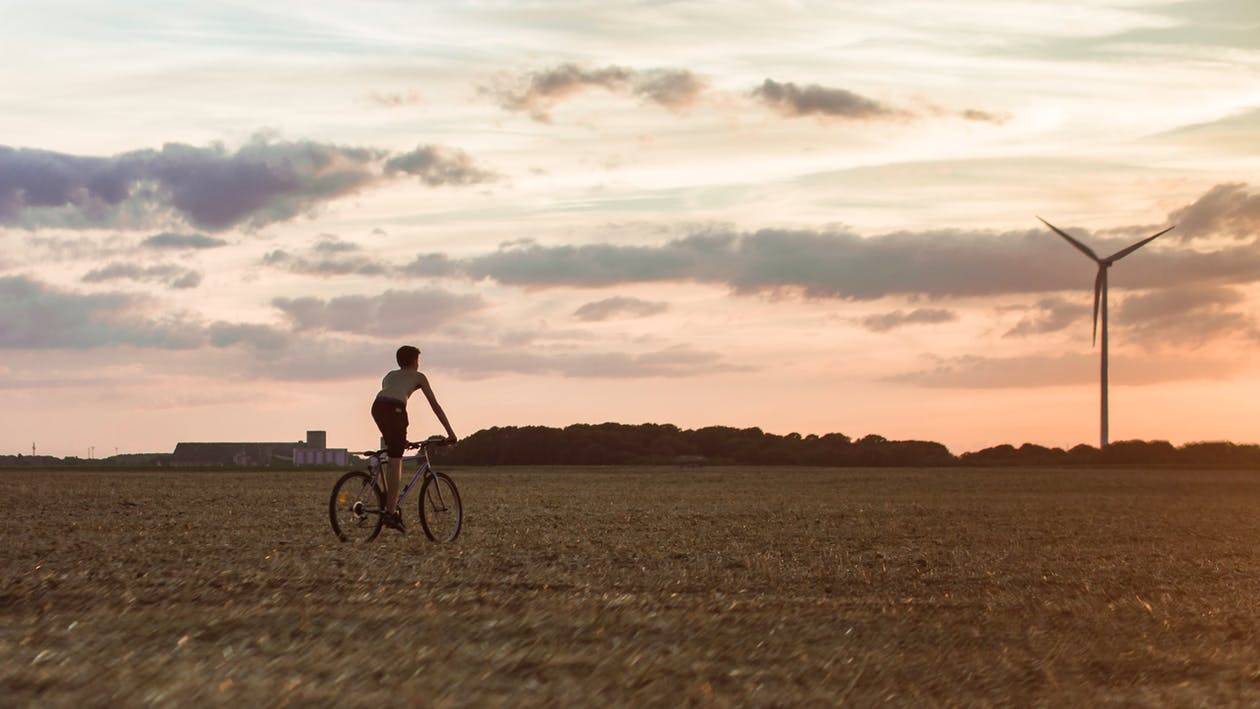Transformative coping strategies introduce fundamentally new ways of thinking, acting, doing and organising

Transformative coping strategies challenge the stability of the existing system.
What is a transformative coping strategy?
Transformative coping strategies challenge the stability of the existing system by introducing fundamentally new ways of thinking, acting, doing and organising. Because they represent new ideas about how we will organise energy systems and society, they are often strongly resisted or contested.
Who engages in transformative strategies?
Everyone can engage in transformative strategies. However, they are often most visible when undertaken by governments or by major business or institutional actors. For example, several EU regions have worked with national levels and local citizens and businesses to design regional re-development plans through lengthy participation processes.
What do transformative coping strategies look like?
Transformative strategies are those that result in fundamental shifts in systems. That means that we are able to recognise clear differences in the ways that we live and experience the world before and after. Importantly, it can be difficult to know that an action or strategy is transformative when it is happening. We often only know that something has been transformative when we are able to look back at it. That can make it hard to identify successful transformative coping strategies. However, we can still identify strategies that are potentially transformative, or that hope to be transformative.
Transformative strategies often extend beyond the energy system. It’s possible to identify instances where transformations spill over and affect wider social and economic systems. For example, new energy systems and innovative modes of democratic decision-making, business models, and social goals are being explored in many places.
Examples
Energy communities
The development of local, community-owned energy projects
What prompts transformative strategies?
Transformations can be unintended or deliberate. Deliberate transformations happen when actors realise that actions and processes associated with existing socioeconomic systems need to fundamentally change in order to meet decarbonisation targets. For example, a coal-dependent region might seek to cultivate a new identity focused on creative industries.
Unintentional transformations are those that were instigated as incremental adaptations but, as time progresses, are revealed as significant socioeconomic, political and technical shifts. For example, the German Energiewende is a massive program of energy transition. Part of this transition involved a significant increase in individual and community ownership of energy generation assets (i.e., rooftop solar, community-owned wind). This has led to a shift in German political systems whereby these new energy interests are increasingly included and consulted by policy makers. Because these types of energy actors are fundamentally different from traditional large energy companies, they are introducing new ideas and values to German energy politics.
When are transformative strategies most likely?
The number and type of transformative strategies visible in a region is a function of the transition stage. In regions at earlier stages, incumbent industries are still a major source of jobs for the local community. In these cases, transformative strategies will typically be used as rhetorical devices i.e. promises of transformation, rather than acts of transformation. At this stage, transformative strategies often overlap with adaptation strategies since it’s not clear if they will actually lead to transformation.
Transformations are more likely to occur during mid- to advanced transition stages. This is when carbon-intensive industries have been widely destabilised and are phasing out, political support has shifted to low carbon alternatives, and large-scale resistance has
diminished. While some resistance persists, many actors have adapted by changing their behaviours. It becomes easier to detect actions that are potentially transformative. However, these may at first appear to be incremental adaptive strategies to decarbonisation. With time, these actions become the component parts of a new system, oriented around low or no carbon
energy systems, and based upon different values.
What are other types of coping strategies?
- Resistance strategies seek to preserve current conditions and resist drivers of change. Read more
- Adaptation strategies attempt to protect the functioning of the existing system from substantial change. Read more
Sources
Barnes, M. L., Bodin, Ö., Guerrero, A. M., McAllister, R. R., Alexander, S. M., & Robins, G. (2017). The social structural foundations of adaptation and transformation in social–ecological systems. Ecology and Society, 22(4).
Nacke, L., Jewell, J., Cherp, A. (2021). A diagnostic framework for feasibility of low carbon transitions in coal dependent regions. CINTRAN Project Report. European Union Horizon 2020 grant agreement no. 884539.
O’Brien, K. (2012). Global environmental change II: From adaptation to deliberate transformation. Progress in Human Geography, 36(5), 667-676.


